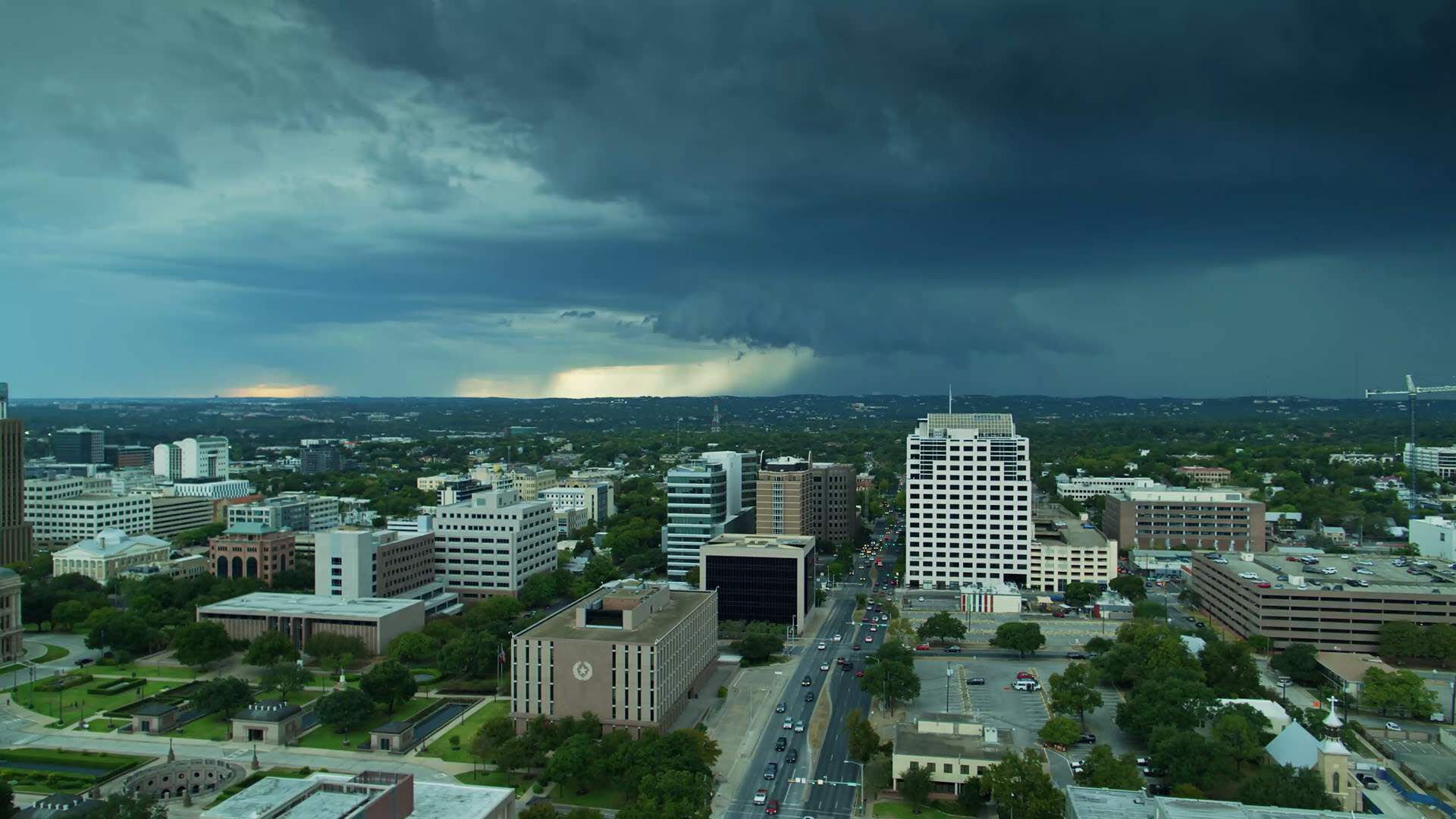Roof Resilience
The strength of our roof systems is always at the forefront of our minds. With durability, longevity, and our thickness guarantee helping lead that charge, it makes sense that Sika Sarnafil’s products and systems would also be able to stand up as one of the most resilient options around. You may be asking yourself, when it comes to roofing, what does resiliency even mean? As resiliency becomes a focal point in the roofing industry, we wanted to take a moment to help you understand not only what it is, but how resilient roofs can improve your entire building’s performance.
What is Resilience?
To better understand why we strive for resilience in building construction we should understand what resiliency is. There are several different ways that one could define the concept, but Merriam-Webster dictionary summarizes this as:
"An ability to recover from or adjust easily to misfortune or change."
This ability to recover from misfortune or change is often associated with a number of hazards when it comes to building resiliency. The United Nations Office of Disaster Risk Reduction takes the definition of resilience one step further in this regard and has defined it as:
"The ability of a system, community or society exposed to hazards to resist, absorb, accommodate, adapt to, transform, and recover from the effects of a hazard in a timely and efficient manner, including through the preservation and restoration of its essential basic structures and functions through risk management."
In defining resilience in this way, we can see the importance of not only recovering from hazards, but preparing for and reducing the possible risks of these events.
What is Roof Resiliency?
Before we can discuss the benefits of a resilient roof system, first we need to define what a resilient roof system looks like. Many organizations, like the Resilient Design Institute, have studied resiliency in building design and thanks to them we can break building resiliency down into a few important factors, all of which your roof system directly plays a role in. Those being:
- The ability to adapt to changing conditions over time
- Maintaining or regaining function under stress or disturbance
- Withstanding extreme events (i.e. hail, high winds, rising temperatures, fire)
- Preparing for possible losses (i.e. power outages, repairs)
- Temperature control
- Sustainable design
It is important that your roof system is built with resiliency in mind. Roofs are your building’s first line of defense against the elements and face a lot of wear and tear. Excessive foot traffic from people working on roof top equipment, powerful weather events, and general degrading over time all play into the life span of your roof and having a resilient system will ensure that these factors don’t severely damage it.
Resilience factors help you to save money in the long run. Not only will your system be able to stand up to damage in terms of durability, but last longer over time in less than extreme situations. This results in fewer needs to repair or replace your roof. When your roof stays intact your business can continue running safely and uninterrupted.
How can resilient roofs save you money?
- Fewer repairs and/or replacements after extreme weather
- Protecting assets within your buildings
- Keeping your building operational after extreme weather
- Reducing energy bills with cool roofs and solar power options
- Providing back up power from Solar in case of emergencies
- And more!
Resilient Roof Results With Sika Sarnafil
Handling extreme weather is one of the hardest things our buildings face. Choosing a roof system with this in mind guarantees that it will be ready when weather strikes but also be able to handle normal wear and tear. Sika Sarnafil’s range of products and systems provide resilient solutions and Sika’s quality assurance keeps you covered. Depending on your resilient priority needs, we have a host of options.
As temperatures continue to increase year after year, urban areas have been some of the hardest hit with increased energy consumption, brownouts and smog formation. This is called the Urban Heat Island Effect and roofing systems play an important role in reducing these effects. Incorporating one of these options below will help to maximize the energy efficiency of your building, cool the surrounding areas and make your roof more resilient.
Our proven performance history is essential to the resiliency of your roof. Taking advantage of our 55+ years of experience and our history of roofs lasting 30+ years in every imaginable climate, means you are not only choosing a roof that can withstand extreme elements but one that will be able to provide this level of protection for years.

